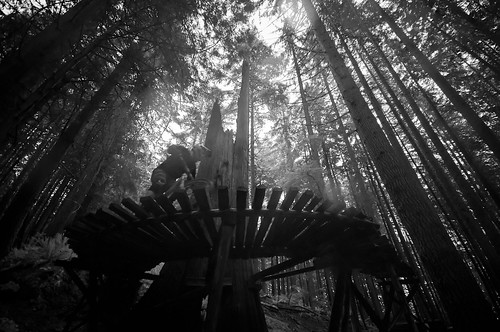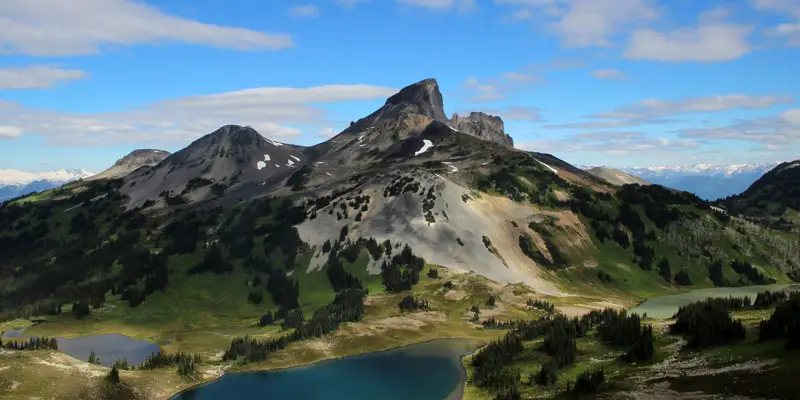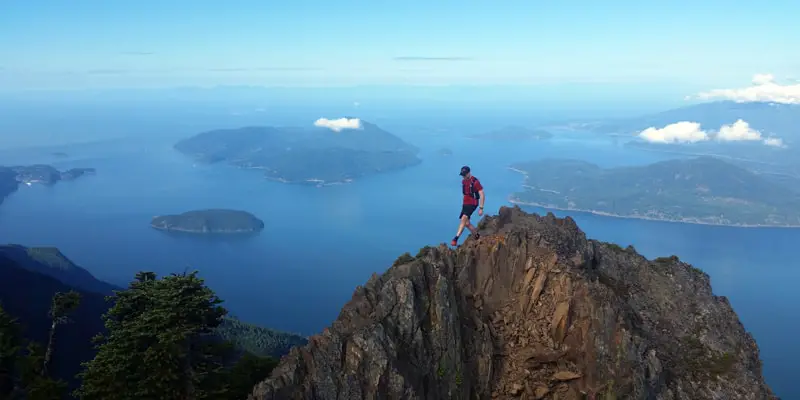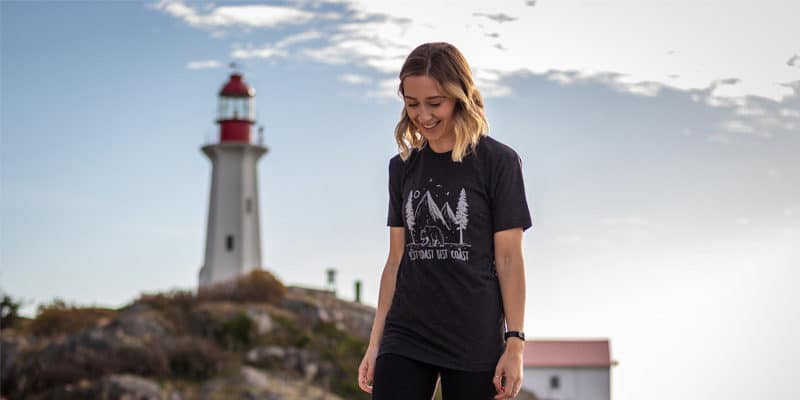 Photo by .WJF in the Outdoor Vancouver Flickr pool
Photo by .WJF in the Outdoor Vancouver Flickr pool
I came across the following article today called History of the North Shore, which looks into the storied history of mountain biking in North Vancouver, and how the culture created by the early North Shore riders shaped much of modern trail designs and bike technology as they exist today around the world. I’ve pasted a small excerpt below, but head over here to read the full article. Its a very long article, but its facinating and well worth the read. So grab a cup of coffee when you have 20 minutes to spare and enjoy.
Hat tip to @kncmultisport.
…It is dark, it is wet, and it is cluttered. No wonder then that when you stand amongst the soaring glass towers of downtown Vancouver and look north to the range of mountains that act as the opening drum beat of the Coast Mountain Range orchestra – Cypress most westerly, Grouse (or Fromme) Mountain centre stage and Seymour most easterly – all you can think is what a lovely backdrop the North Shore mountains give the city. It is even harder to imagine that just fifteen minutes from the bustle of the metropolis there is a labyrinth of mountain biking trails that somewhat redefined what was possible on a bicycle and are the birthplace and resting place of the most extraordinary, and frankly bizarre, environmental reinterpretations.
The history and legacy of trail building on the North Shore is remarkable. Arguably “The Shore” has inspired and evolved more aspects of mountain biking than any other area in the world. The progressive nature of trails that were being built on the North Shore of Vancouver have had a considerable and lasting impact mountain biking trends. These trails changed how we think bikes can be rode, they steered the technological direction of the sport, and they made it possible to grin because you just got away with it. Whatever it is.
While the sport of mountain biking can be somewhat fairly claimed to be invented in Marin Country, up the coast and across the border there were fat tire rumblings not long after. The hot spot above the 49th parallel was in a remote enclave of Vancouver called Deep Cove.
Deep Cove in the late seventies and early eighties was a bohemian little community of alternative folk who were attracted by the low coast of real estate and fringe location. The residents squeezed into the available land where Seymour mountain’s forested side slides into the bay off the Indian Arm, a branch of the Burrard Inlet at the easternmost point of North Vancouver. All that attached them to cosmopolitan Vancouver was a dusty road or a short paddle by kayak. It was so cut off and detached from Vancouver that people didn’t even know it was there, which was perfect for the foot loose and fancy free locals. Most of the townsfolk were devoted outdoor sportspeople who had adopted a lifestyle that would allow them to ski, kayak, waterski, or, soon to be, bike as much they wished…



